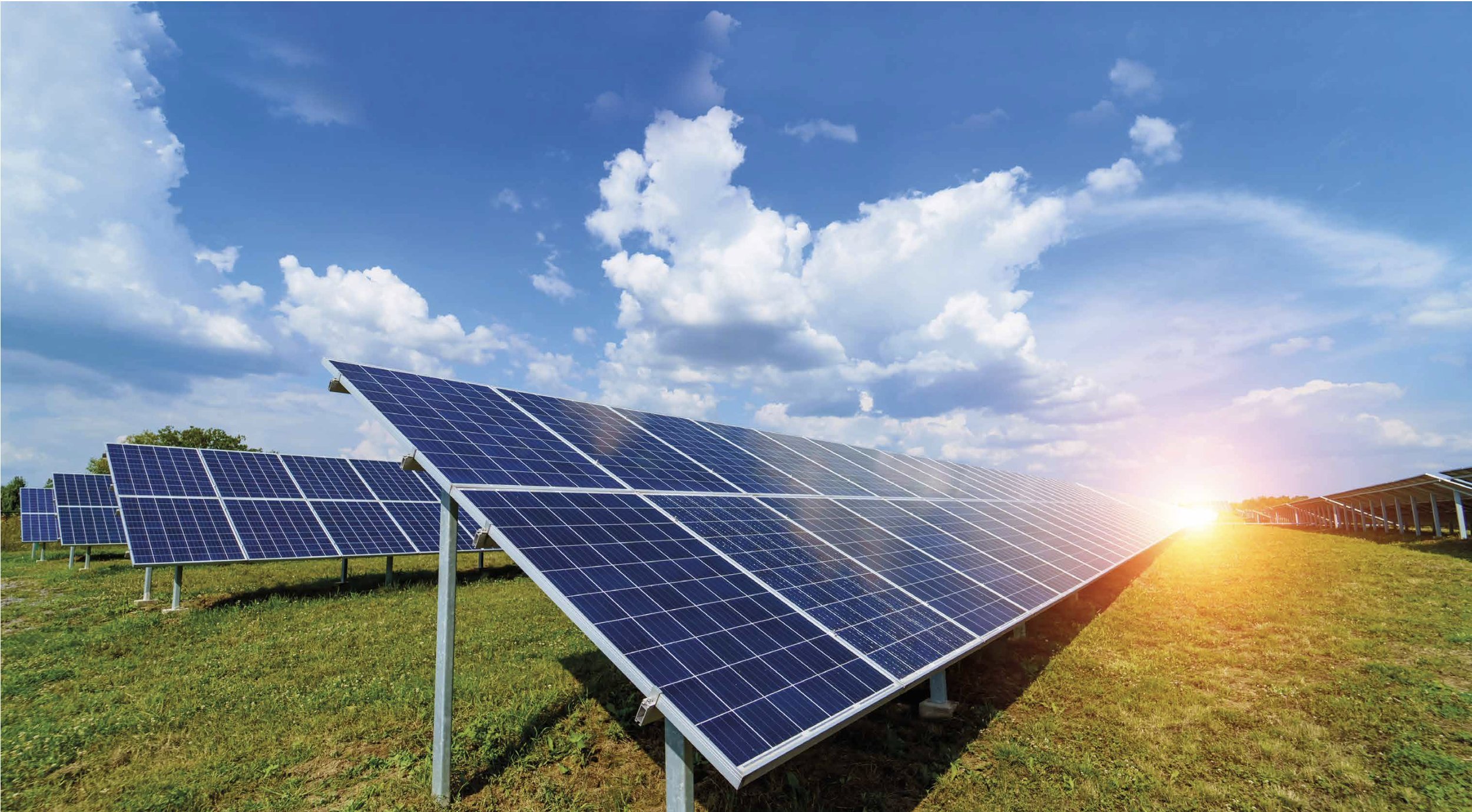Nettly Burn Renewable Energy Park

Grupotec and REG Power Developments are developing a proposal for a solar farm and battery energy storage system (BESS) known as the Nettly Burn Renewable Energy Park. Because the project is for an electricity generating station likely to be in excess of 50MW of installed capacity, the determining authority for any application for consent will be the Scottish Government’s Energy Consents Unit.
Public consultation events were held in March and in August 2024: we received helpful feedback from people who attended, allowing us to finalise our proposal. If you were unable to attend, you can still view the exhibition panels from the second consultation event: download below (as a PDF).
Our development proposal will be submitted in February 2025 to the Scottish Government’s Energy Consents Unit. As a Section 36 project, the application will be determined by Scottish Government with Fife Council as a statutory consultee. A digital copy of full application has been sent to Saline & Steelend Community Council, and paper copies will be placed in Oakley Community Centre and Saline Community centre, available for public viewing from Thursday 6 February 2025.
The documenttion will also be available on this website or at www.energyconsents.scot under application reference ECU00006007, from Thursday 6 February. People will then have until 17 March 2025 to make formal representations to Scottish Government’s Energy Consents Unit about the proposal.
Round 2/August 2024 Public Exhibition pop up panels
In summary
Location
The c.125 hectare site is located on land approximately 4.5km north east of Saline in Fife, adjoining the A823 which runs along its southern boundary, on the opposite side to Knockhill Motor Racing Circuit.
Why this site?
The Site was carefully selected to ensure it complied with technical and environmentally sound criteria including a viable grid connection nearby with capability of accepting the power generated. The site is gently undulating, generally rising northward from its southern boundary, open in nature and consists of rough and semi-improved grazing land. It has a low flood risk potential. Existing vegetation alongside the A823 (enhanced as part of the proposal) would provide screening to passing motorists and hills and forestry would screen the development from other directions.
The Energy Park proposal comprises two main elements:
A solar farm on some 80 hectares of land with an anticipated generating capacity of up to 80 megawatts (MWp) of renewable energy and an operational life of up to 40 years, after which the modules would be decommissioned and removed from the site with many items recycled or re-purposed and the area returned to its current, agricultural use; and
Battery storage units to store electricity that is generated and discharged when it is most needed, to help balance the grid electricity network providing flexibility so that the system remains stable and runs efficiently.
The precise grid connection route has not yet been identified but the development will be connected to the substation in Dunfermline
Do we need solar farms and Battery Storage facilities in Scotland?
Electricity demand is expected to at least double over the next 10 years as transport and heating switch from fossil fuels to electricity. We need to produce new green power as cheaply as possible. While onshore and offshore wind is an important part of the government’s plans to achieve net zero by 2050, solar and co-located battery storage is also key and, as a relatively long-established technology can generate power at a lower cost without subsidies, so can help to bring down everyone’s energy bills.
The Development proposal responds positively to the dual climate crisis and nature emergency and will involve the construction of solar panels to increase the proportion of secure, ‘home grown’ renewable energy in Scotland and the UK, helping to meet legal-binding net zero targets. The inclusion of a BESS facility will provide more flexible export of electricity and help the efficient operation of the local grid network. As such, the development will play a critical role in the development of a smart energy system for the UK, helping to facilitate the move towards net zero greenhouse gas emissions and greater renewable energy generation.
Solar will have an important role to play in generating electricity in Scotland, building investor confidence and creating jobs in the sector as well as accelerating the transition to greener energy. Solar energy development can help in many ways:
making more efficient use of the grid infrastructure that we already have due to the complementary generation profiles of wind and solar;
incentivising investment in a smart and capable electricity grid, which is urgently needed to benefit communities and businesses across Scotland; and
creating jobs, not just installers and developers but a wide variety of stable, green jobs with roles from site planners and manufacturers to construction and trade roles, to communications and finance specialists.
Site location plan showing the site boundary in red.

